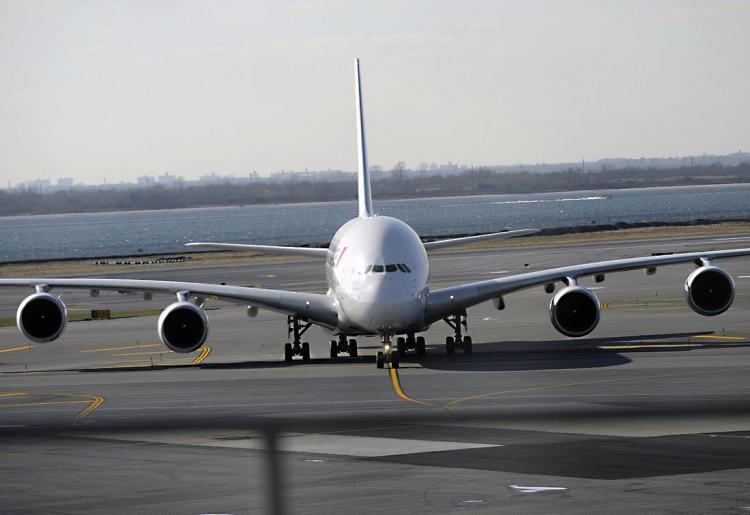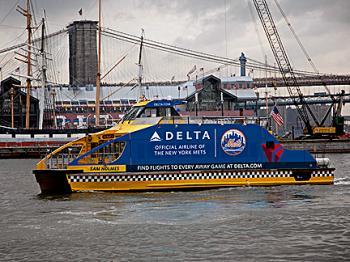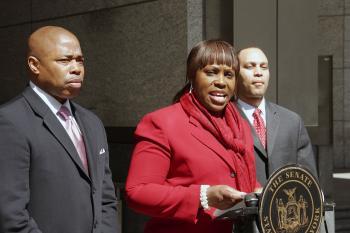NEW YORK—A recent proposal to fill in about 400 acres of the Jamaica Bay wetlands for more runway space at the John F. Kennedy (JFK) International Airport is not flying well with environmental groups, local residents, and members of the local fishing and boating community.
The plan was one of six proposals made in the 2011 Regional Plan Association (RPA) report to manage increased demand in air travel and to remedy the current constrained airport capacity in the region.






